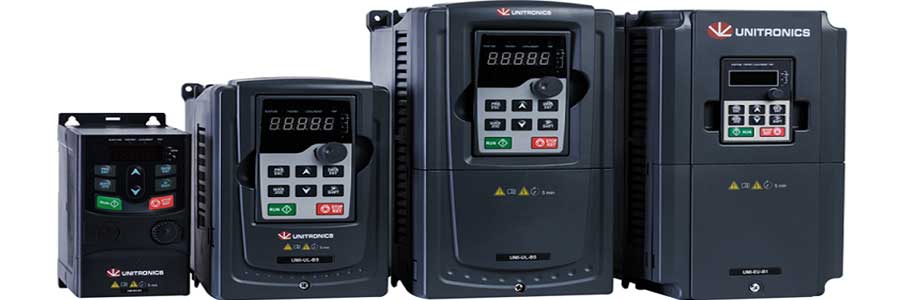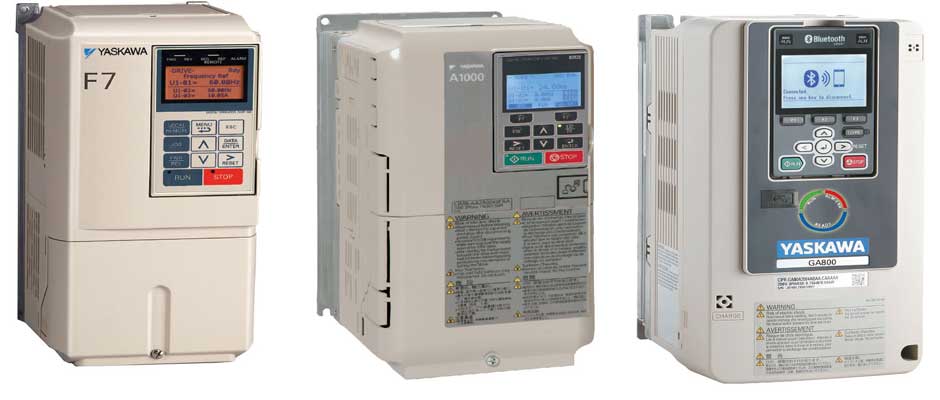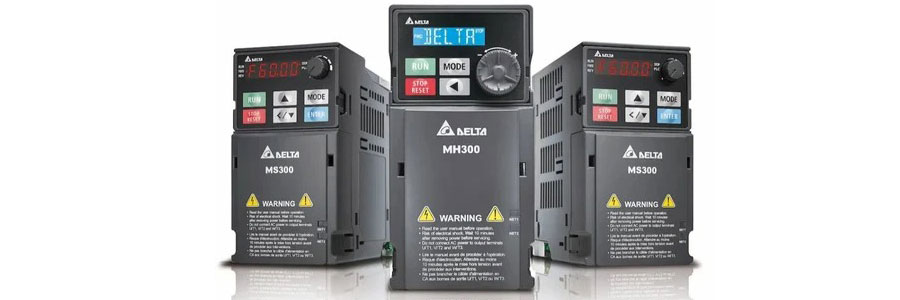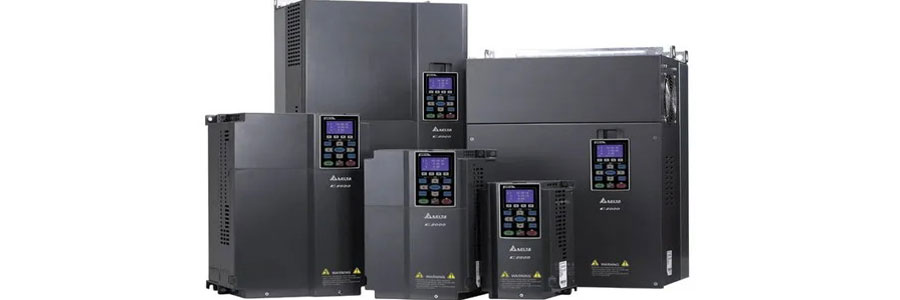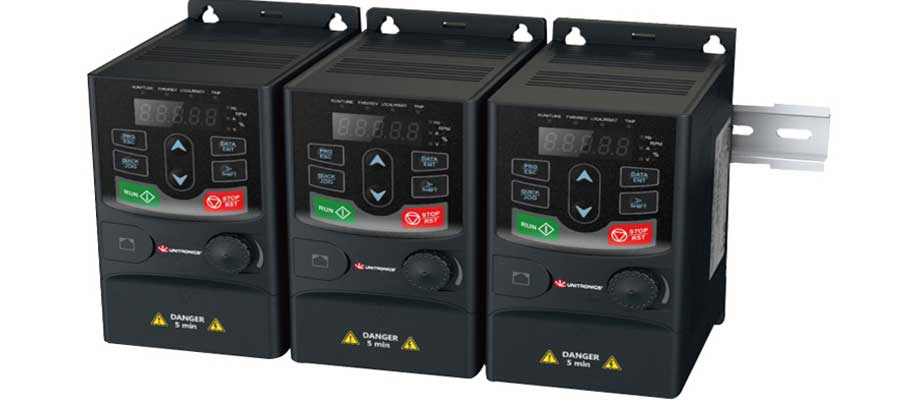Types of Variable Frequency Drives (VFDs)
Variable Frequency Drives (VFDs) are crucial in the world of machinery. They control electric motors like conductors guiding an orchestra. VFDs control speed and cooling, impacting conveyors and air conditioners.
They offer a variety of applications, optimizing energy usage, and streamlining operations. VFDs make systems efficient and easy to control in various settings. For instance, Delta VFDs are renowned for their reliability and precision in industrial applications.
We’re about to take a closer look at different types of VFDs and their controls. Each type has unique advantages, suiting various operational needs. Plus, we’ll delve into how VFDs function and where you can find them in everyday life.
Get ready for an insightful journey through the world of VFDs. Experts or beginners, there’s lots to discover and admire about these amazing devices. Stay tuned as we unravel the marvels of VFD technology! Here is our Latest VFD Hub.
Understanding Variable Speed Drives (VSDs)
The Mechanics of Variable Speed Drives
Imagine controlling a fan’s speed. Variable Speed Drives (VSDs) work similarly for electric motors. They modify speed and torque, matching your needs.
By regulating voltage and frequency, VSDs adjust a motor’s performance. This control is crucial for efficient, varied applications. Think of slowing down a conveyor belt or a filling tank’s pump.
VSDs ensure efficient energy usage, avoiding waste. This results in better operational control and savings. Keep following for more insights on VSDs!
Applications of Variable Speed Drives
Where can you find Variable Speed Drives (VSDs) in action? They’re more common than you might think!
In industries, VSDs manage conveyor belt speeds. They ensure efficient, smooth operation. Similarly, in water treatment facilities, they control pump speeds. This assists in precise water flow control.
Even at home, VSDs are hard at work. Your air conditioning system? That’s right, there’s likely a VSD inside, optimizing your comfort and energy use.
In short, VSDs find use anywhere motor speed control is needed. Their presence ranges from large-scale industrial setups to everyday household applications. Stay tuned to learn more about these fascinating devices!
A Deep Dive into Variable Frequency Drive Types
Let’s talk about the different types of VFDs. They are categorized into three main types, each with its unique capabilities and applications.
Type 1: Volts/Hertz (V/Hz) Control VFDs
First up, we have the Volts/Hertz (V/Hz) Control VFDs. These VFDs control the frequency of the power supplied to the motor. They’re simple yet highly effective, finding their use in most common applications.
Type 2: Sensorless Vector Control VFDs
Next is the Sensorless Vector Control VFDs. These are more advanced than the V/Hz drives. They can maintain constant torque without the use of a feedback sensor, making them suitable for applications needing a bit more precision.
Type 3: Flux Vector Control VFDs
Lastly, we have Flux Vector Control VFDs. These are the cream of the crop when it comes to precision control. They provide accurate and fast control of motor speed and torque, ideal for complex and demanding applications.
Comprehensive Analysis of Variable Speed Control Types
Now, let’s look at different types of speed control methods for VFDs. Each type suits different applications and user requirements.
Manual Control
As the name suggests, manual control involves the user manually adjusting the speed. It’s simple, but it gets the job done in a variety of applications.
Remote Control
Remote control allows users to control the motor speed from a distance. This is convenient, especially in large scale or hazardous operations.
Automatic Control
Automatic control takes things a notch up. In this case, the system autonomously adjusts the speed based on pre-programmed instructions, optimizing performance without constant human intervention.
Programmable Logic Controller (PLC)
The PLC control is the most advanced type. This method provides highly sophisticated control by leveraging programming to achieve complex operational goals.
Understanding the Advantages of Various VFD Controls
Improved Energy Efficiency: VFDs regulate motor speed based on momentary needs, reducing energy consumption. Ideal for applications with fluctuating load conditions.
Reduced Operational Costs: VFDs decrease energy consumption and equipment wear by operating at optimal speeds. Save on operational costs with VFD usage.
Precise Process Control: VFDs offer precise control of pressure, flow, temperature, and level processes. Improve operational efficiency and quality with VFDs.
Extended Equipment Lifespan: VFDs offer soft-start capabilities, reducing mechanical stress on motors and components. Prolong lifespan with VFD’s gentle start feature.
Enhanced Production Quality: VFDs enable precise motor speed control, enhancing production process precision. Improve product quality with VFD’s enhanced control.
Reduced Maintenance: VFDs minimize machinery wear, reducing maintenance and repair needs. Save costs and decrease downtime with VFD usage.
Quick and Accurate Response: Advanced VFDs with vector control methods offer rapid and accurate responses to changes in command and load.
Integration and Communication: Modern VFDs integrate with automation systems, enabling remote control, diagnostics, and maintenance. Communication capabilities enhance VFD functionality.
Protective Features: VFDs include protection features: overload, fault detection, and predictive diagnostics. Prevent motor and drive system damage with VFD protection.
An Overview of the Three Most Common Types of VFDs
Did you know there are three most commonly used VFDs? They are Pulse Width Modulation (PWM) drives, Current Source Inverter (CSI) drives, and Voltage Source Inverter (VSI) drives.
Pulse Width Modulation (PWM) Drives
PWM or Pulse Width Modulation VFDs help manage the frequency and voltage for AC motors by creating a more wave-like current output. These VFDs are more effective and generally offer superior performance. A standard PWM VFD includes a converter, a DC link, a control system, and an inverter.
Current Source Inverter (CSI) Drives
CSI drives maintain a constant current to the motor. These drives are valued for their simplicity and effectiveness.
Voltage Source Inverter (VSI) Drives
VSI drives work with a constant DC voltage. They are considered reliable and widely used for many applications.
Comparing Different Types of Variable Frequency Drives
In the universe of Variable Frequency Drives (VFDs), different models serve various purposes. Let’s discuss them briefly!
Volts/Hertz (V/Hz) Control VFDs are basic, reliable, and easy to use. They control power frequency, fitting into most standard applications.
Sensorless Vector Control VFDs are advanced. They keep torque constant, needing no feedback sensor. They excel in tasks demanding precision.
Flux Vector Control VFDs deliver maximum precision. Fast and accurate, they manage complex control needs with ease.
Pulse Width Modulation (PWM) Drives use swift switching for fine motor control. They’re appreciated for their efficiency and precision.
Current Source Inverter (CSI) Drives focus on constant current. They’re simple, effective, and have broad applications.
Voltage Source Inverter (VSI) Drives operate with stable DC voltage. They’re dependable and widely used in various contexts.
Choosing the right VFD depends on your specific needs. Each type has its strengths and potential hurdles. Stay tuned for more on VFDs!
Conclusion
In the journey through the fascinating world of Variable Frequency Drives (VFDs), we’ve uncovered a myriad of insights. From their fundamental mechanics to a myriad of applications, it’s clear that VFDs are crucial components in our technology-driven world.
We’ve discovered the importance of different VFD controls, each with its unique advantages. Manual controls provide hands-on, direct operation, best suited for simpler tasks. Remote controls ensure safety and convenience in larger or more hazardous operations. Automatic controls offer time-saving efficiency in complex operations. Lastly, Programmable Logic Controller (PLC) controls deliver the highest precision, ideal for intricate processes.
Further, we’ve compared various types of VFDs. Various types of VFDs are available: Volts/Hertz Control, Sensorless and Flux Vector Control, and PWM, CSI, and VSI Drives. Each has distinct strengths. Selection depends on specific requirements.
In essence, understanding VFDs and their types is crucial in the efficient and effective control of electric motors. You can benefit from this knowledge for informed decisions. Optimal motor control and energy efficiency are essential. Suitable for industry professionals, hobbyists, and curious observers. Thank you for joining us on this enlightening journey!

